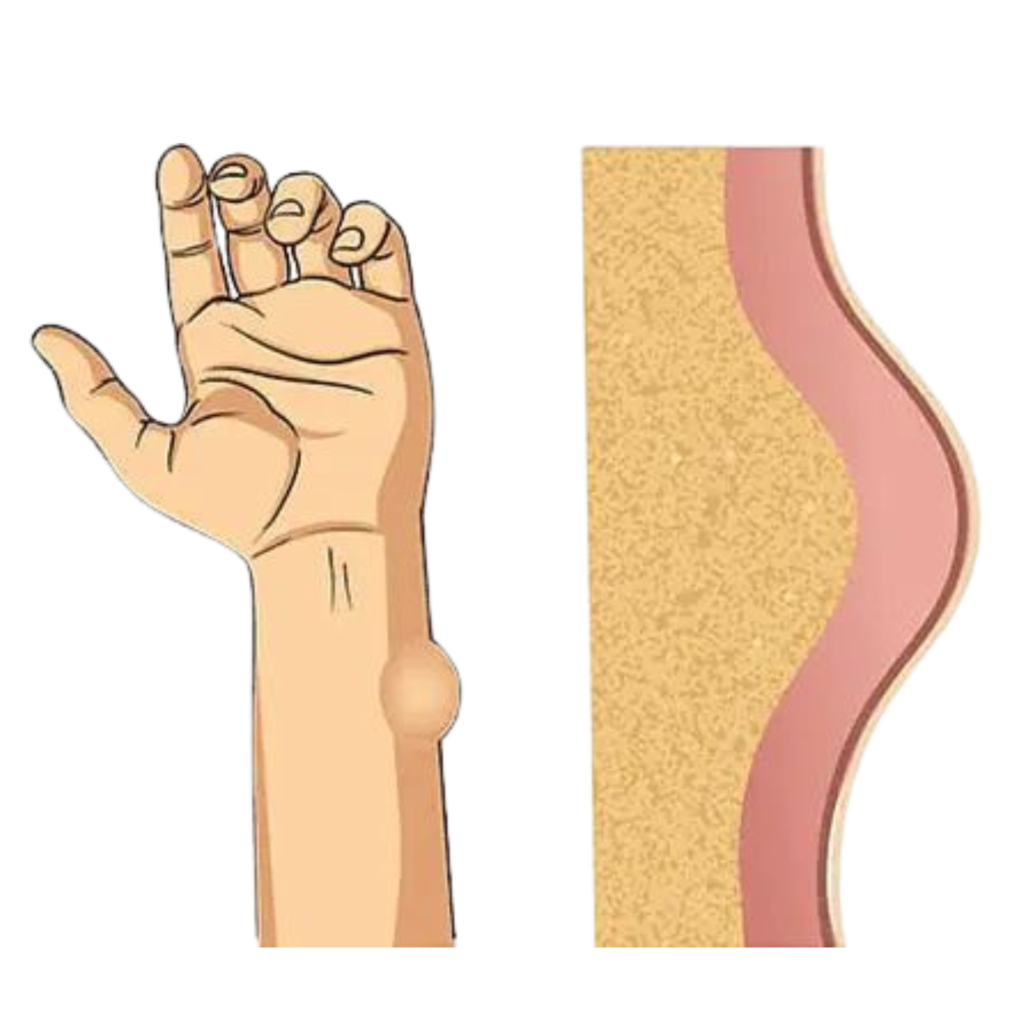Lipoma Treatment in India
“Suffering from a soft, rubbery lump on your skin that sometimes causes pain? It could be a lipoma. Consult India’s best plastic surgeons for FREE at Total Surgicare and explore safe and effective lipoma removal surgery today!”

No-Cost EMI

Support in Insurance Claim

Advanced Treatments

1-day Hospitalization

Lipoma Treatment in India
Book Free Appointments With Our Expert Doctors Near You

No-Cost EMI

Support in Insurance Claim

USFDA-Approved Procedure

1-day Hospitalization

Get consultation for 50+ diseases across India

Extensive medical assistance throughout your treatment

In-person and online consultation with experienced doctors
What is a lipoma?
A lipoma is a round or oval-shaped lump of tissue that grows just beneath the skin. It’s made of fat, moves easily when you touch it, and doesn’t usually cause pain. Lipomas can appear anywhere on the body but are most common on the back, trunk (torso), arms, shoulders, and neck.
Lipomas are benign soft tissue tumors. They grow slowly and are not cancerous. Most lipomas don’t need treatment. If a lipoma bothers you, your healthcare provider can remove it with an outpatient procedure.
How common are lipomas?
Lipomas are very common. About 1 of every 1,000 people has a lipoma. Lipomas appear most often between ages 40 and 60, but they can develop at any age. They can even be present at birth. Lipomas affect people of all genders, but they are slightly more common in women.
What is a lipoma?
A lipoma is a round or oval-shaped lump of tissue that grows just beneath the skin. It’s made of fat, moves easily when you touch it, and doesn’t usually cause pain. Lipomas can appear anywhere on the body but are most common on the back, trunk (torso), arms, shoulders, and neck.
Lipomas are benign soft tissue tumors. They grow slowly and are not cancerous. Most lipomas don’t need treatment. If a lipoma bothers you, your healthcare provider can remove it with an outpatient procedure.

How common are lipomas?
Lipomas are very common. About 1 of every 1,000 people has a lipoma. Lipomas appear most often between ages 40 and 60, but they can develop at any age. They can even be present at birth. Lipomas affect people of all genders, but they are slightly more common in women.


Symptoms and Causes
What are the symptoms of a lipoma?
Lipomas aren’t usually painful, but they can be uncomfortable if they press against a nerve or develop near a joint. Many people who have a lipoma don’t notice any symptoms. Lipomas are usually:
- Encapsulated: They don’t spread to the tissues surrounding them.
- Painless: However, some lipomas cause pain and discomfort depending on their location, size and if blood vessels are present.
- Round or oval-shaped: The fatty lumps of rubbery tissue are usually symmetrical.
- Moveable: They sit just beneath the skin’s surface and move when you touch them.
- Smaller than 2 inches in diameter: In a few cases, lipomas can be larger than 6 inches wide.
Lipoma Surgery Details
| Category | Details |
|---|---|
| Surgery Description | Lipoma surgery involves the removal of a benign fatty lump (lipoma) under the skin. It is usually done through excision (surgical removal). |
| Procedure Type | Minor outpatient surgery, usually performed under local anesthesia. |
| Recovery Time | Typically 1 to 2 weeks for complete recovery. Stitches may be removed in 7-14 days, depending on healing. |
| Common Symptoms | Mild pain, swelling, bruising, and numbness around the surgical site. |
| Complications |
|
| Surgical Risks |
|
| Post-Surgery Care |
|
| Lifestyle Changes |
|
| Diet Recommendations |
|
| When to See a Doctor |
|
Where do lipomas grow?
Lipomas can develop anywhere on the body. Rarely, lipomas grow on the muscles, internal organs or brain. The majority of people with a lipoma only have one, although more than one lipoma can grow. Most lipomas develop just under the skin on the:
- Arms or legs.
- Back.
- Neck.
- Shoulders.
- Trunk (chest and torso).
- Forehead.

01.
Advanced Lipoma Removal Surgery
At Total Surgicare, we utilize the liposuction and excision technique to efficiently remove fatty tissues. The procedure is painless and involves minimal downtime.
02.
Expert Plastic Surgeons
At Total Surgicare, we have highly skilled lipoma surgeons with over 10 years of experience and extensive knowledge to perform the surgery safely. Our doctors create a personalized treatment plan for each patient.
03.
Minimal Scarring
Lipoma Removal Surgery is a minimally invasive procedure. There is no major scarring after the treatment. Thus, the surgery has no aesthetic downside..
04.
Low Recurrence Rate
Our doctors ensure that the entire fatty lump is removed during lipoma surgery. Thus, the recurrence rate is almost negligible.

